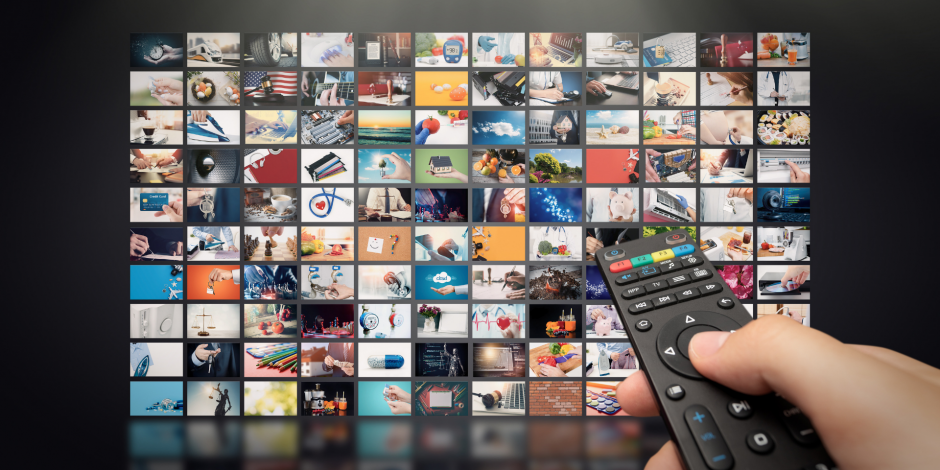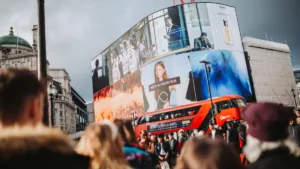by Neil Andrew, founder and CEO of Lunio
This year, global ad spending is set to increase by 8.2%, reaching $1trn (£788bn) according to WARC. With advertisers having more access to resources than ever before, the debate over where to invest is growing.
Many within the industry remain committed to traditional advertising – touting that these techniques, from digital billboards to TV commercials, build credibility and generate mass brand awareness. Others champion digital channels – valuing the ability to target customers with more precision and collect reams of customer data.
February fans the flames of this debate every year, with the Super Bowl creating an advertising frenzy. This year brands spent up to $7M for a 30-second slot during the Big Game and CBS virtually sold out of traditional ad space in November.
So, with the Super Bowl ads breaking industry records and advertisers expected to see an increase in budgets, it begs the question – where should they be investing?
The Super Bowl hype
The Super Bowl is a cultural event, drawing in millions globally. This captive audience, coupled with the show’s high production value, creates a rare opportunity for brands to generate an emotional connection with their current and potential customers. As such, the Super Bowl represents a limited, but impactful, marketing avenue.
However, this doesn’t diminish its significance in foreshadowing advertising trends that will dominate the next year – it uncovers the evolution we’re likely to see.
The rush towards digital advertising
Over the past couple of years, traditional advertising has suffered – with Magna predicting traditional media ad sales will decline by 2.4%.
This is due to the proliferation of online advertising channels, all offering rich insight into customer behaviour and conversion tracking for continual optimisation of campaigns. When combined with the high levels of investment required to run successful traditional advertising campaigns – it’s clear to see what’s driving the rush towards digital advertising.
Digital ad budgets will rise in 2024, growing 6.5% to reach $442.6 billion and representing 58.8% of overall ad spend, according to Dentsu. This growth is driven by the ability to personalise online campaigns, helping connect with individual customers and boosting engagement.
Yet, there’s a growing challenge digital advertising must overcome to continue this rapid growth trajectory – invalid traffic. Invalid traffic refers to any website visit or click that doesn’t come from a real person with genuine interest. It can include bots (both good and bad), fake users, misattributed accidental clicks, malicious clicks from competing advertisers, and otherwise invalid visitors that have zero chance of converting to customers. And it’s costly. Our research predicts that $71.37 Billion in ad spend will be wasted on invalid traffic in 2024.
The truth is that as new types of online advertising opportunities are introduced, so are new kinds of ad fraud to exploit the inevitable loopholes. This means until advertisers can stay one step ahead of invalid traffic, they’ll continue to waste large amounts of digital ad spend on traffic that has zero conversion potential – a challenge many traditional advertising techniques don’t face.
Combining traditional and digital advertising
The advertising landscape is dynamic and ever-changing. To ensure brands can maximise ad spend, the best strategy combines traditional and digital channels. Many of the ad campaigns at the Super Bowl this year have done this – take the Don’t Forget Uber Eats campaign, for example. The traditional TV ad will air at the Super Bowl, but has also utilised digital channels, such as social media, to tease the ad and boost awareness of the overall campaign.
The future of advertising won’t be won by team ‘digital’ or ‘traditional’ but rather by a strategic combination of both. Leveraging the strengths of each – traditional’s ability to drive brand awareness on a national scale and digital’s targeted reach – creates campaigns that resonate with audiences and maximise return on investment.
Experimentation with emerging channels like influencer marketing, interactive experiences, and the metaverse will be fundamental. Brands that can tune into consumer behaviour and adapt their omnichannel approach in-line will stand out in the ever-evolving advertising landscape.









